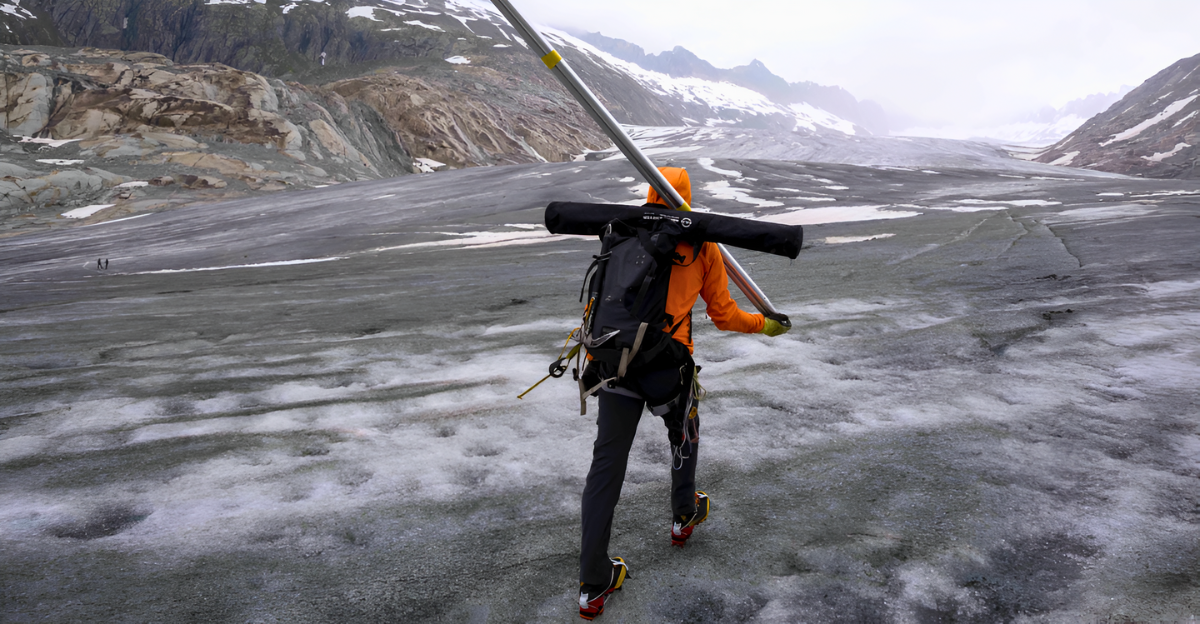
Scientists are racing to understand a chilling discovery that extends far beyond rising sea levels and vanishing ice. Research presented at the 2025 Goldschmidt Conference reveals that as glaciers melt at record rates, they remove nature’s safety lid from hundreds of dormant volcanoes worldwide. The implications are staggering: what we thought was just an ice problem could become an explosive volcanic crisis that worsens climate change.
When Nature’s Pressure Cooker Loses Its Lid

Global ice mass has dropped by 5% since 2000, but new findings from the University of Wisconsin-Madison suggest this isn’t just about sea level rise. Research on six volcanoes in Chile’s Patagonian region shows how retreating glaciers set the stage for more frequent and explosive volcanic eruptions. Pablo Moreno-Yaeger, who presented the research, explains that glaciers suppress volcanic eruptions by exerting massive pressure on underground magma chambers.
The Mechanics of Glacial Suppression
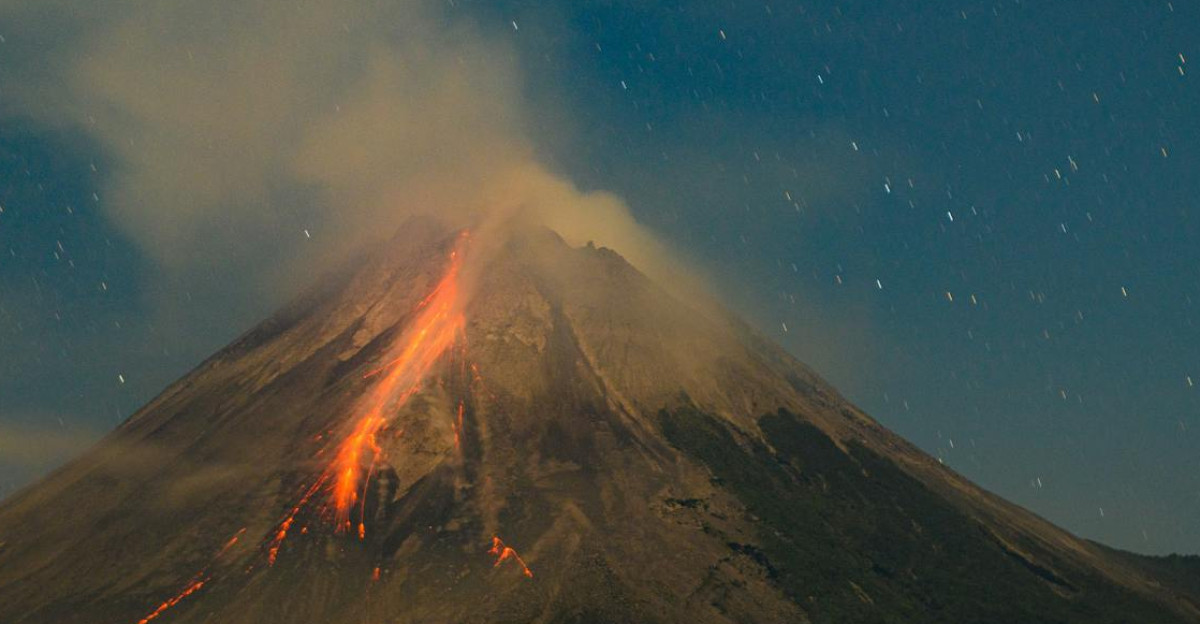
The process is surprisingly straightforward yet terrifying. When thick ice sheets melt, they remove the weight that has been pressing down on Earth’s crust for millennia. Underground magma and gases, no longer compressed, begin to expand dramatically. This creates a pressure buildup that scientists compare to removing the cap from a shaken bottle of soda. The weight of glaciers can be equivalent to thousands of atmospheres of pressure.
Learning from Iceland’s Explosive Past

The connection between melting ice and volcanic fury isn’t theoretical. Historical data from Iceland provides a sobering preview of what could come. Following the last major deglaciation around 15,000 to 10,000 years ago, Iceland’s volcanic activity increased 30 to 50 times higher than present. Studies show that eruption rates jumped dramatically during the early post-glacial period, demonstrating the real-world consequences of ice removal.
Modern Glacial Retreat Accelerates the Timeline
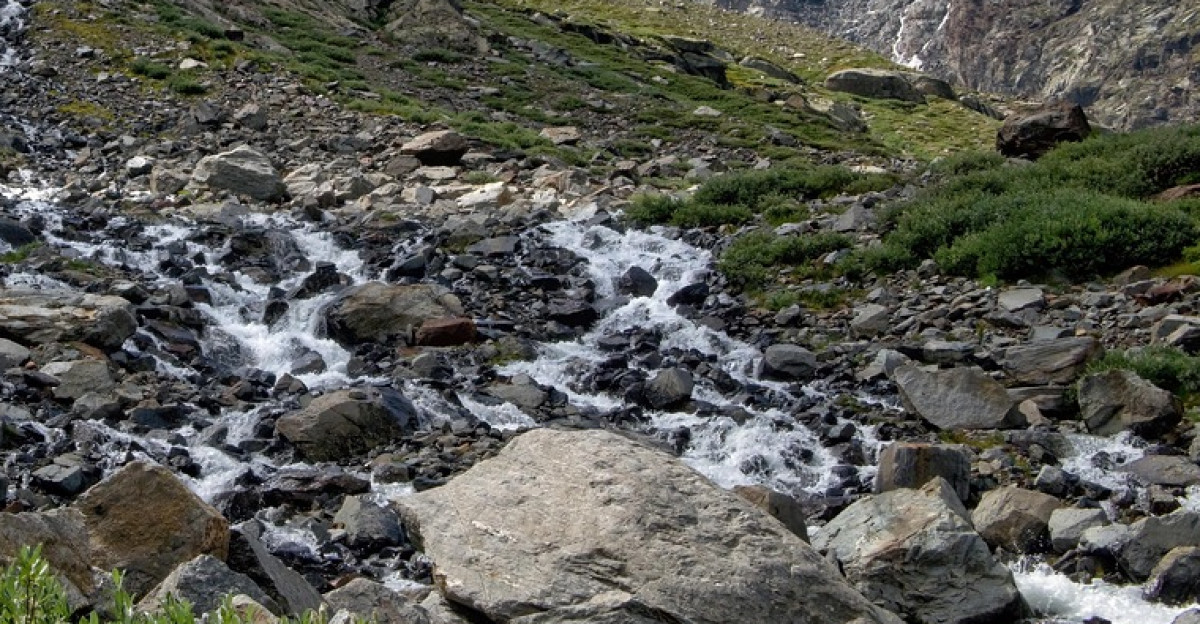
This pattern suggests that what happened in Iceland during natural climate transitions could now occur globally as human-caused warming accelerates glacier retreat. The difference is that today’s melting is happening much faster, potentially compressing geological timescales in unprecedented ways. Scientists worry that rapid modern ice loss could trigger volcanic responses more quickly than historical examples suggest.
Underground Magma Systems Under Pressure
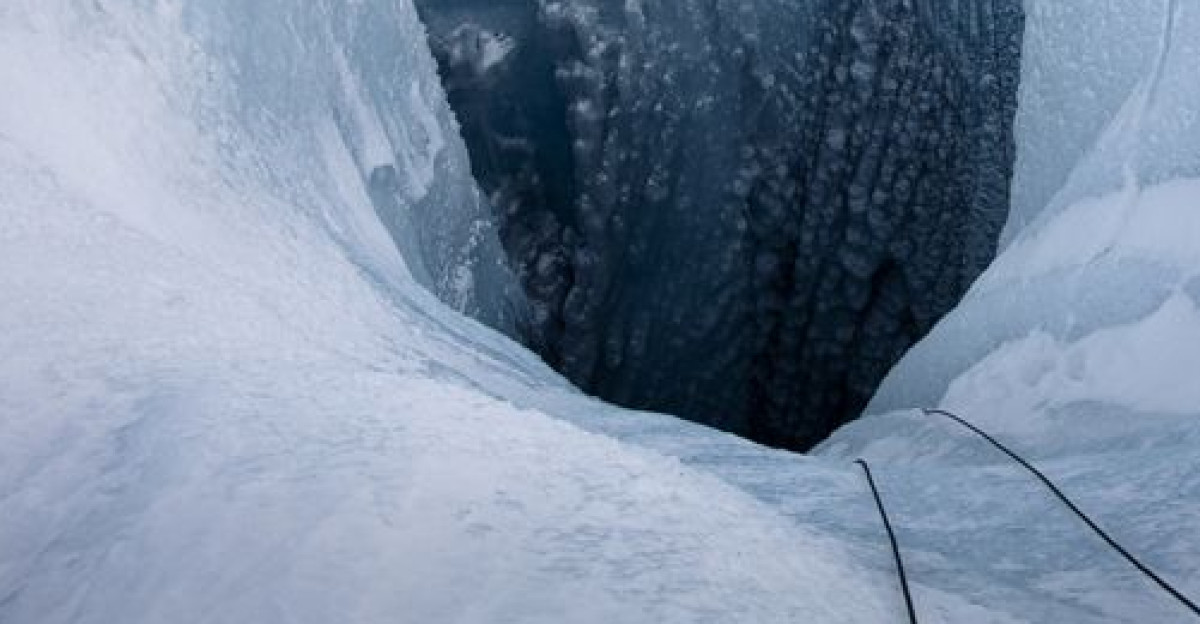
As ice thickness decreases across glaciated volcanic regions, the effects on underground magma systems are profound. Research shows that during the peak of the last Ice Age, thick glacial coverage allowed massive reservoirs of silica-rich magma to accumulate 10 to 15 kilometers underground. When the ice melted rapidly, the sudden pressure release caused explosive eruptions that formed entire volcanic complexes.
The Slow Build Toward Explosive Release
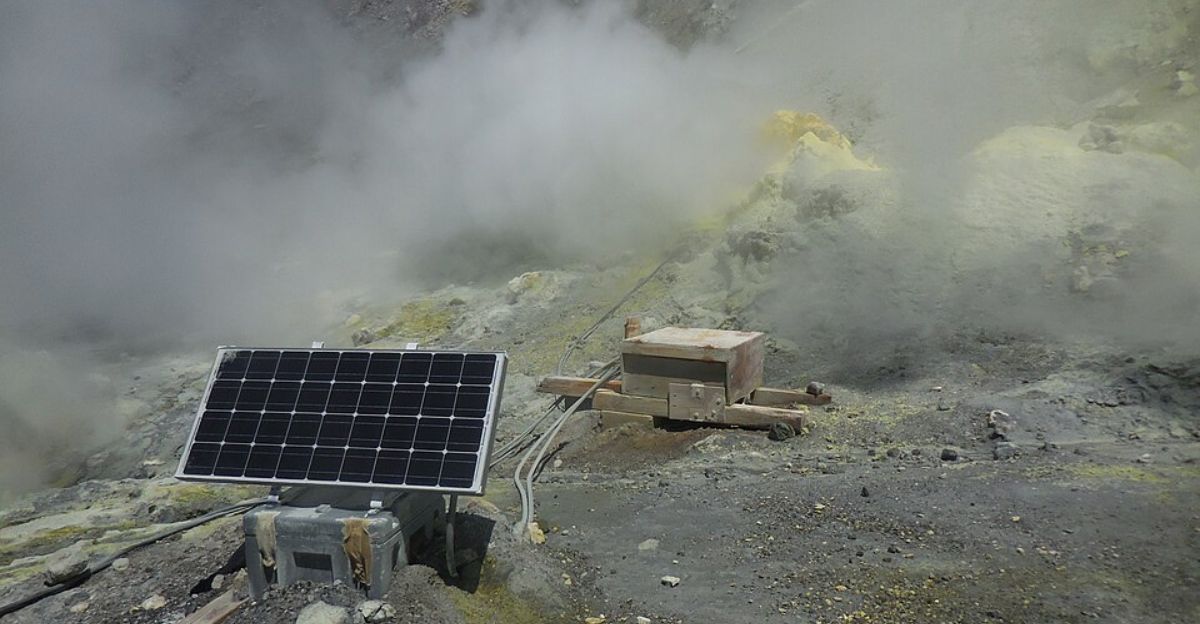
Scientists emphasize that while the volcanic response to glacial melting occurs almost instantly in geological terms, the buildup happens gradually over centuries. This gives researchers time to monitor changes, but also means the threat is building silently beneath our feet. The gradual nature of the process makes it easy to underestimate until eruptions suddenly begin.
Antarctica’s Hidden Volcanic Army
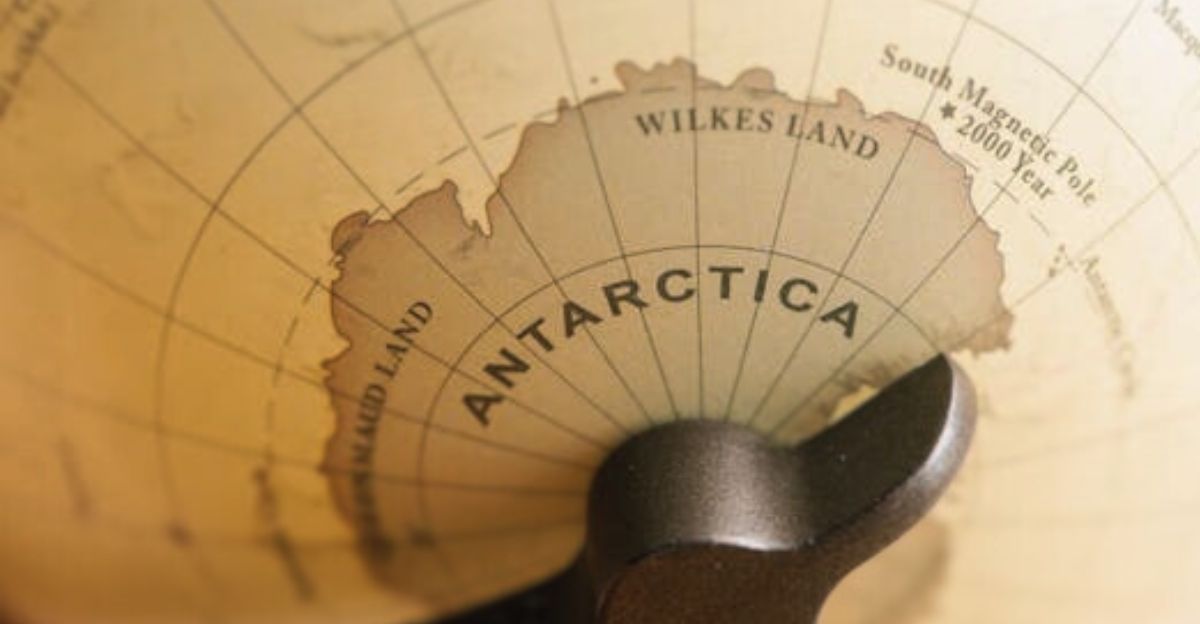
The most concerning scenario involves Antarctica’s West Antarctic Ice Sheet, which sits atop over 100 active volcanoes. Computer simulations running over 4,000 scenarios show that gradual ice loss could significantly increase both the frequency and magnitude of subglacial eruptions. The West Antarctic Rift System represents one of Earth’s largest volcanic provinces, yet most climate models don’t account for potential volcanic contributions to ice loss.
Ice Loss Triggers Volcanic Rebound
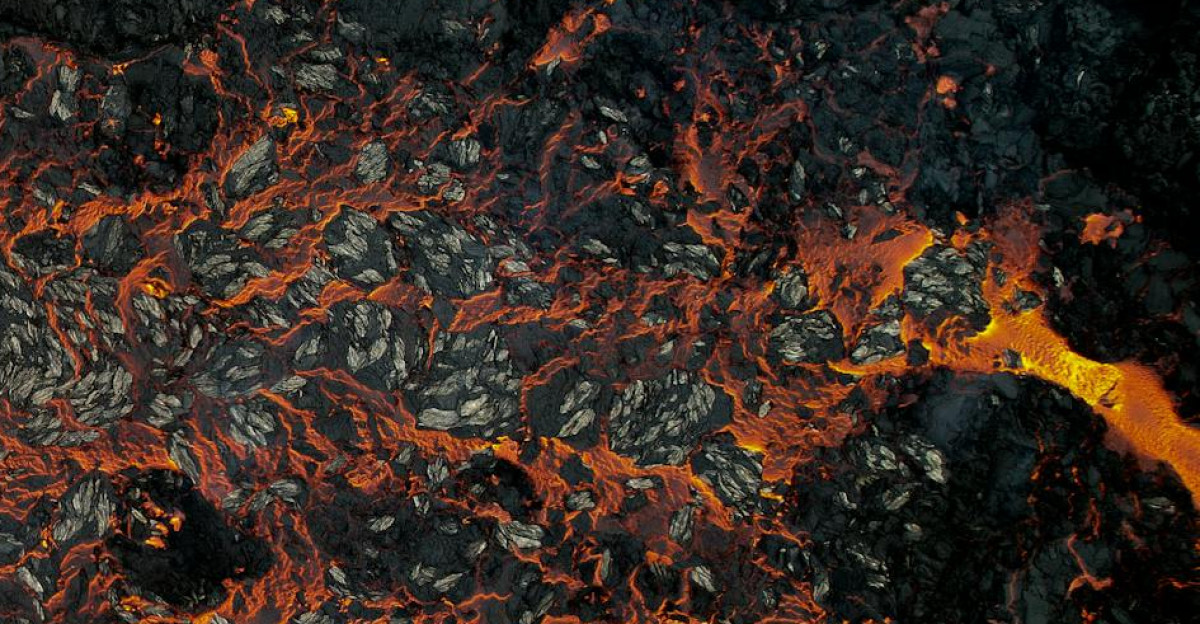
Recent research published in Geochemistry, Geophysics, and Geosystems demonstrates how mass unloading from melting Antarctic ice sheets triggers volcanic eruptions through isostatic rebound. The study reveals that slower, prolonged ice loss can trigger more frequent eruptions than rapid melting, allowing volatile gases to accumulate over time. This finding suggests that Antarctica’s gradual ice loss could create sustained volcanic activity.
Communities Face Escalating Volcanic Risks

The human impact of increased volcanic activity extends far beyond scientific curiosity. Communities living near glacier-covered volcanoes in Alaska, Chile, Iceland, and other regions face escalating risks as modern ice retreats. After Iceland’s historical deglaciation, communities experienced massive increases in volcanic threats, and today’s residents near retreating glaciers may face similar challenges. The danger is particularly acute for indigenous communities.
Economic Consequences of Volcanic Disruption
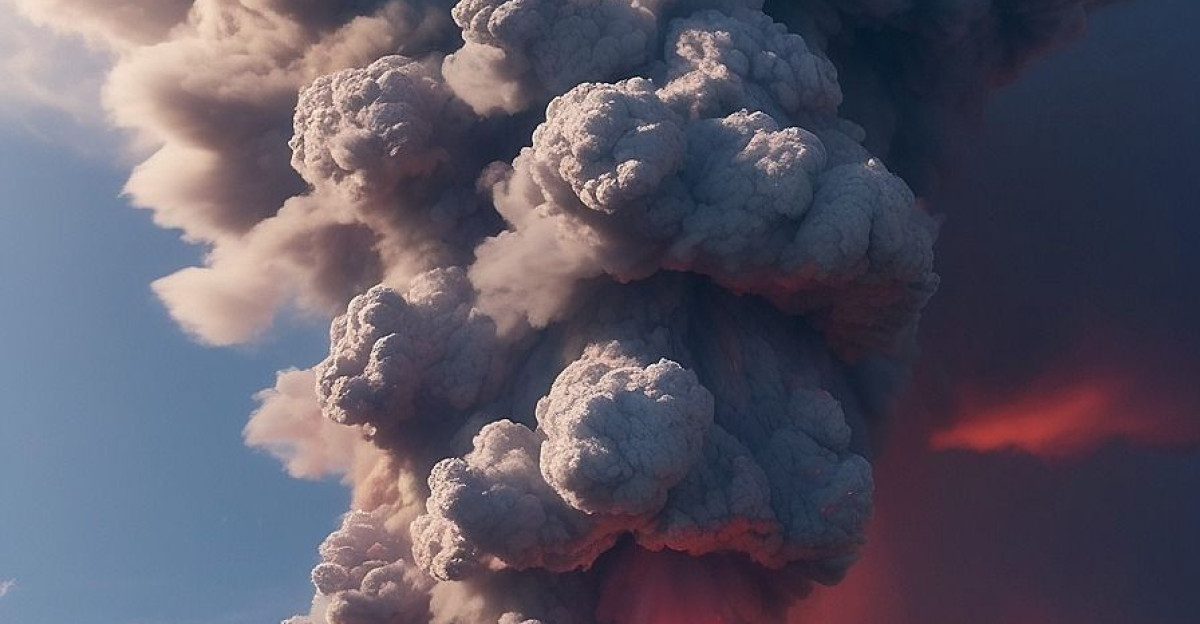
Air travel disruption, infrastructure damage, and public safety concerns multiply as volcanic activity increases. The 2010 Eyjafjallajökull eruption in Iceland, though relatively small, grounded European air traffic for weeks and cost the aviation industry over $1.7 billion. Multiply this by dozens or hundreds of newly active volcanoes, and the economic and social consequences become staggering. Tourism, agriculture, and local economies all face potential devastation.
Racing to Monitor Earth’s Hidden Fire
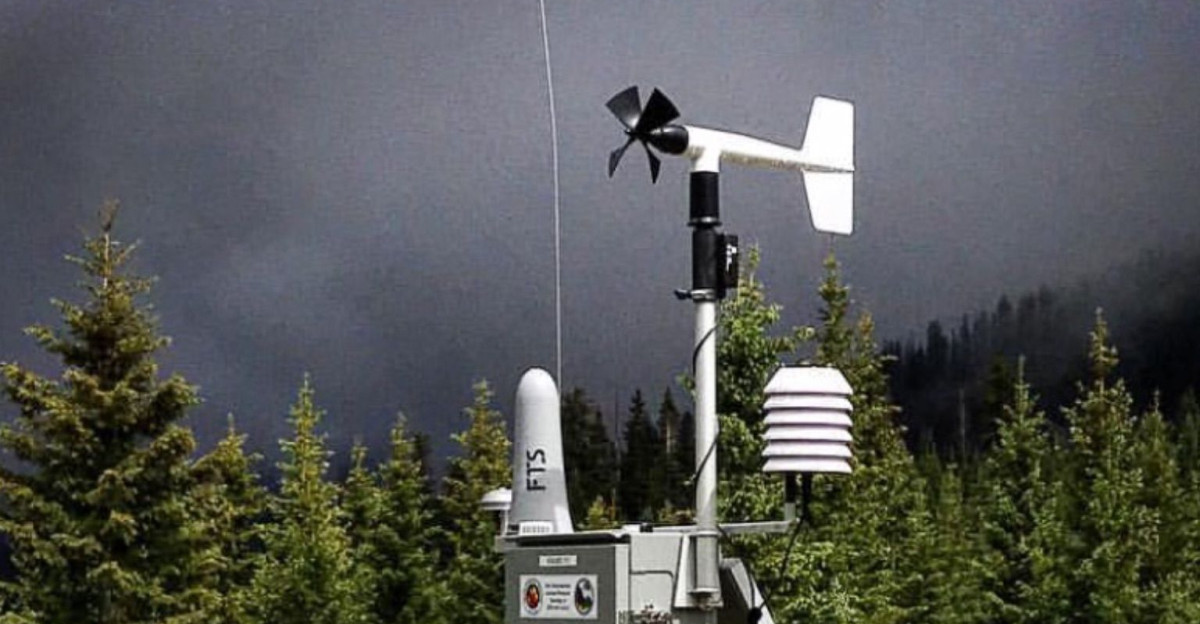
Governments and research institutions worldwide are scrambling to upgrade monitoring systems for glacier-covered volcanoes. Scientists urge closer surveillance of volcanic regions in Chile, Alaska, and other areas where glacial retreat is accelerating. New technologies, including satellite monitoring, real-time seismic sensors, and thermal imaging, are being deployed to track changes in ice thickness and underground volcanic activity.
International Scientific Collaboration Expands

Research collaborations are expanding rapidly, with universities in the United States, Chile, and Europe pooling expertise to study glacier-volcano interactions. The National Science Foundation and other agencies are funding urgent research to understand how quickly these systems might respond to continued ice loss. International data sharing agreements are being fast-tracked to ensure global cooperation in monitoring efforts.
Advanced Warning Systems Show Promise
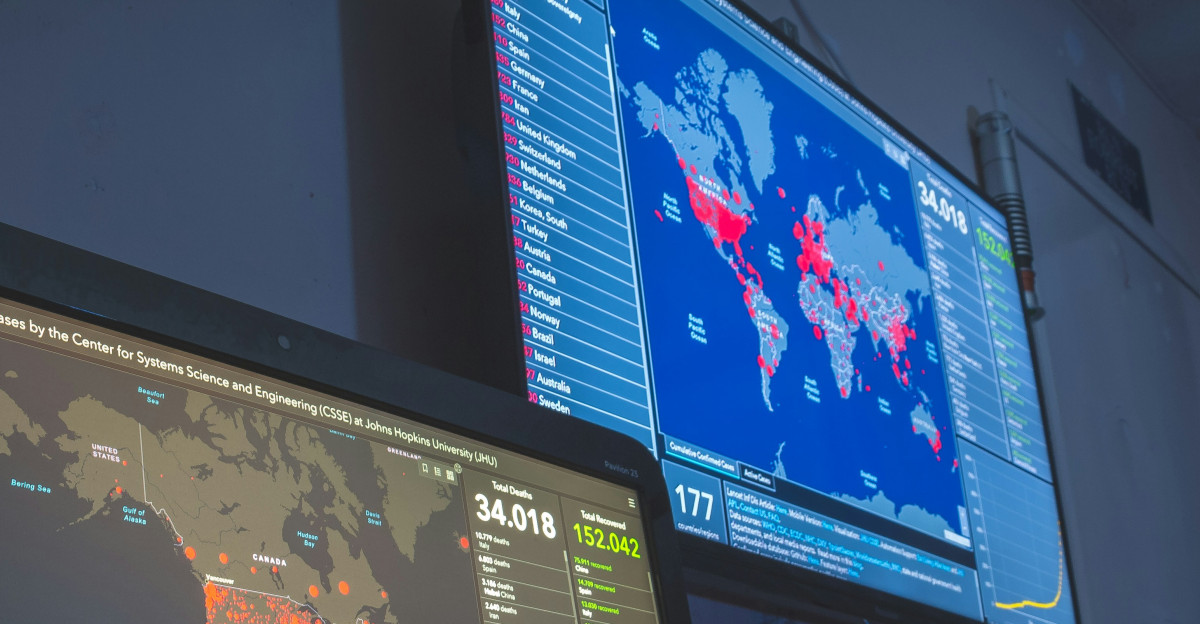
Recent advances in fiber-sensing technology offer promising early warning capabilities, providing 30 minutes to several hours of advance notice before eruptions. Satellite-based monitoring systems can detect volcanic activity up to 40 minutes before eruptions, potentially saving lives if warning networks are correctly implemented. However, coverage remains patchy in remote glaciated regions with many at-risk volcanoes.
The Climate Feedback Loop from Hell

Perhaps most alarming is how volcanic eruptions could create a devastating feedback loop with climate change. While individual eruptions can temporarily cool global temperatures by releasing reflective aerosols, multiple consecutive eruptions contribute to long-term warming through greenhouse gas emissions. Moreno-Yaeger warns that this creates a positive feedback loop where melting glaciers trigger eruptions, and eruptions contribute to further warming and melting.
Volcanic Heat Accelerates Ice Loss

Volcanic activity beneath ice sheets also generates significant heat that accelerates melting from below, potentially destabilizing entire ice sheets and creating runaway ice loss. In Antarctica, this could lead to a catastrophic rise in sea level as volcanic heat combined with surface warming destabilizes the West Antarctic Ice Sheet. The combination of top-down and bottom-up melting could trigger irreversible ice sheet collapse.
Global Reassessment of Volcanic Risk

The emerging research forces a fundamental reconsideration of climate risk assessment. Countries including Russia, New Zealand, and the United States are reassessing their volcanic risk profiles in light of accelerating glacial retreat. International agencies are sharing data and developing cross-border response strategies for potential volcanic emergencies. Disaster preparedness plans are being updated to account for increased volcanic activity.
Hundreds of Volcanoes Threaten Global Stability
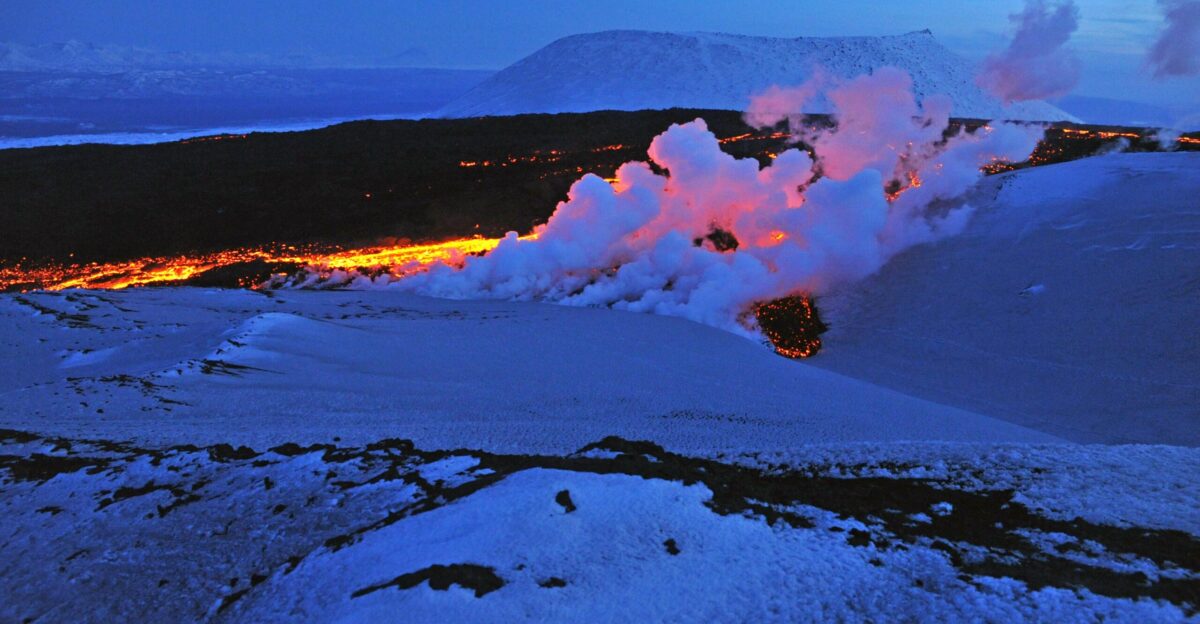
A 2020 study identified 245 active volcanoes within three miles of ice worldwide, highlighting the global scope of this emerging threat. Research shows that glaciers near active volcanoes flow 46% faster than those in non-volcanic areas, suggesting that volcanic heat accelerates ice loss even before eruptions occur. This creates a concerning pattern where volcanic regions lose ice protection first.
Preparing for Uncertain but Likely Consequences

While predicting exact timing and locations of glacier-triggered eruptions remains challenging, the scientific evidence for increased volcanic risk is compelling. Regions investing in advanced monitoring technologies and early warning systems may be better positioned to protect their populations, but the global nature of the threat requires unprecedented international cooperation. Emergency response protocols need updating to handle multiple simultaneous volcanic crises.
The Race Against Geological Time

The interconnectedness of Earth’s climate and geological systems means that what we do about greenhouse gas emissions today will influence volcanic risks for centuries. One researcher noted that if humanity doesn’t adequately address climate change, we may modify geological systems. The race is on to understand and prepare for this hidden consequence of climate change, with hundreds of volcanoes worldwide sitting beneath thinning ice, ready to reshape our understanding of climate risk